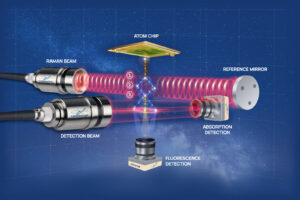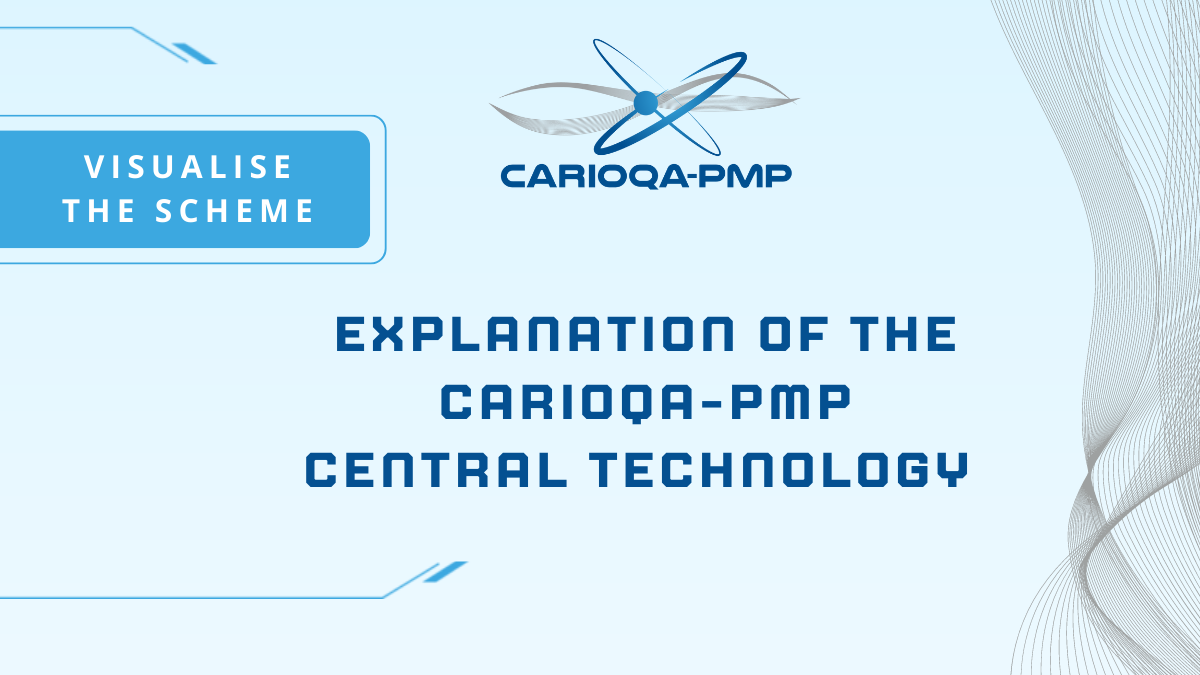The CARIOQA-PMP project aims to prepare the implementation of atom accelerometers in space, in particular for applications in earthobservation. Indeed, the use of these quantum sensors for future space geodesy missions will contribute to improve the resolution of the gravity mapping thanks to a high-level definition of data observation. This improvement of the gravity mapping will have a strong impact in Earth sciences in particular for ground water management, natural disasters forecast and, more generally, the monitoring and understanding of global warming. The implementation of this technology in space will be prepared through a Quantum Pathfinder Mission that will test the instrument and its performance in orbit.
Read the explanation below to understand how this technological breakthrough works !

Pattern of the quantum accelerometer operation
For the future Quantum Pathfinder Mission, a one-axis quantum accelerometer based on ultra-cold Rubidium atoms manipulated by Raman transitions is considered (see the above scheme). In this instrument, a free-falling atomic cloud (also called Bose Einstein Condensate) is used as a test mass to perform absolute acceleration measurements through an atom interferometry technique. Rubidium atoms are first prepared from a vapor to form an ultra-cold sample, using an atom-chip. The atomic cloud is then moved away from the surface of the chip and collimated via magnetic lensing. Then, the free-falling Rubidium cloud successively interacts three times with a unique pair of retro-reflected Raman beams, acting on matter waves as beam splitters or mirrors. This creates an interferometer of 2T total interaction time in a so-called double-diffraction configuration.
In this way, the relative displacement between the free-falling atoms (which define the inertial frame of the sensor) and the reference mirror (which reflects the Raman beam) is imprinted onto the atom interferometer phase-shift. The atomic population in each output port of the interferometer is then measured by two cameras, using fluorescence and absorption techniques. It enables to determine the output phase-shift of the atom interferometer which is then proportional to the acceleration.
This technology, on which are based the atomic gravimeters already used on ground, enables to retrieve acceleration with a sensitivity which is proportional to the square of the interaction time (T). In space, we will then benefit from the microgravity environment to increase the sensitivity and accuracy of the instrument up to unprecedented levels.
Learn more about quantum accelerometer operation through the following papers :




